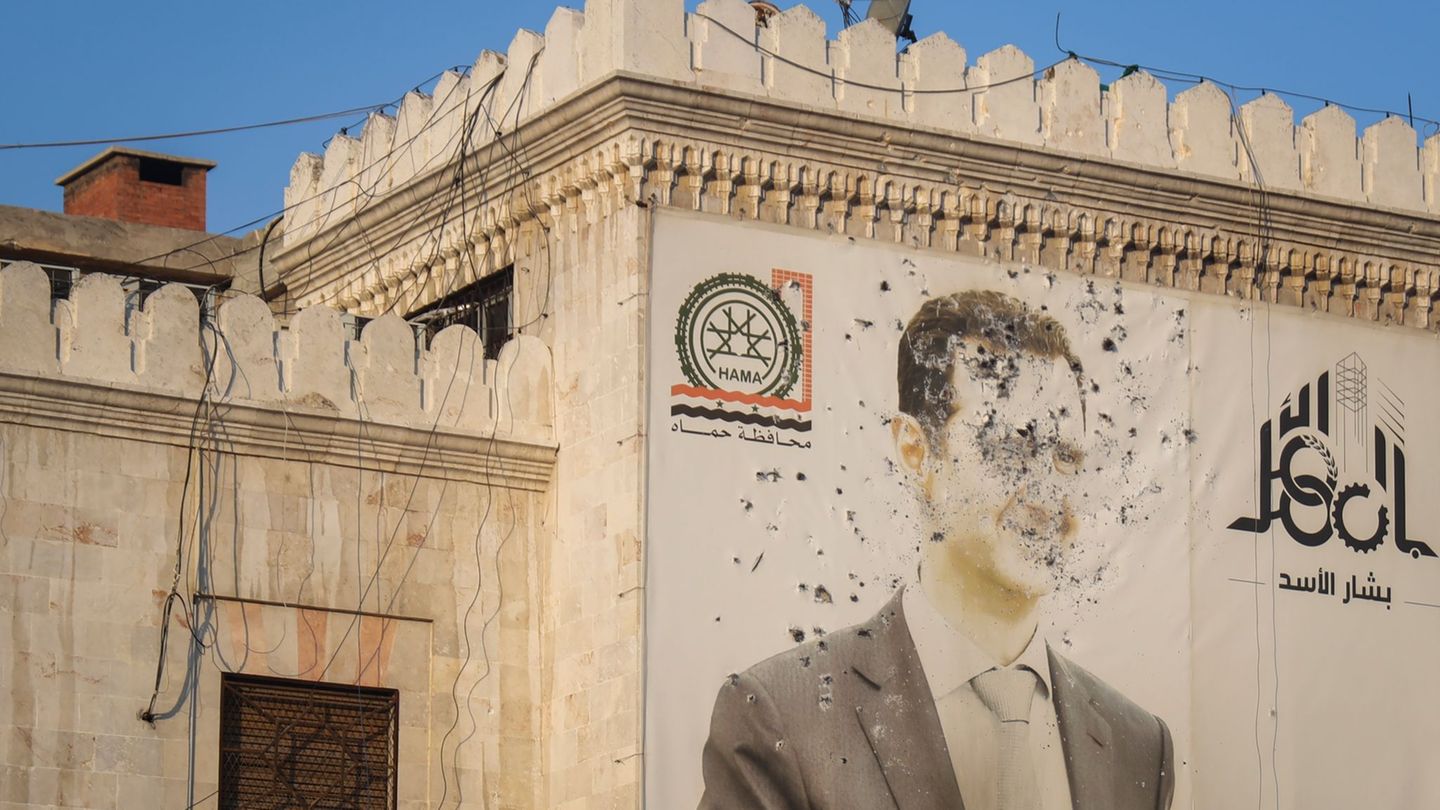Her face adorns the Czech Republic’s 500 kroner bill and tomorrow the TV festival of the classic “Three Hazelnuts for Cinderella”, whose central template comes from her: Bozena Nemcova.
Who was the woman who created a fairytale-like story between 1843 and 1845, the audiovisual translation of which has touched us since 1973? The OÖN set out on a search for clues and came across the life of an author, rich in breaks and twists. Gaps that can no longer be reconstructed shape him as much as suffering and resistance.
The vita of Nemcova, known as Czech, starts with a surprise: if you go by the official baptismal certificate, in which February 4, 1920 is noted as her birthday, the person listed as Barbara Nowotny is a Viennese woman who was baptized in the Alserkirche (8th district) Empire.
Unofficially, sources point out that she could have been born as early as 1816 or 1819. A cover-up tactic because their “real” parents could have been aristocratic who denied the child who was not in keeping with their class.
The mother who gave birth to Barbara out of wedlock is Theresa Nowotny, a manorial laundress for a duchess in Ratiborice Castle (today’s Czech Republic). Barbara grew up there speaking German. The girl was “legitimized” in the summer of 1820 through Theresa’s marriage to the driver, Johann Plankl. At the age of five, the daughter is said to have met her Czech-speaking grandmother, who conveyed Slavic roots to her. She will be the central figure of the author’s most famous story: “Babicka” (“Grandmother”) from 1855. To date, the story has been translated into over 40 languages and reprinted 350 times in the Czech Republic. It is considered a lovely story about family and simple, rural life. The writer will write it in a painful but remarkable phase for women’s biographies: As a single parent who gave birth to four children (1838, 1839, 1841, 1842), she lived from 1850 without her husband in Prague, where she earned money by writing.
Poor, but self-determined
In 1937 Barbara Nowotny married the civil servant Josef Nemec (1805–1879). His changing places of work stimulated the literary activity of the author, who collected folk tales, made ethnographic sketches and conducted correspondence that is considered part of her literature. So the family came to Prague in 1942, where Barbara became the Czech Bozena. She made contact with intellectual, patriotic circles who brought the linguistic talent to publishing through journalistic contributions.
The patriotic traits for an independent Czech Republic, with which her husband tempted his employer, the monarchy, ultimately led to Nemec’s transfer to Hungary in 1950 after the failed revolution in 1848. Nemcova, who was also included in the patriotic movement, no longer wanted to follow him. She preferred a precarious, police-controlled, yet independent life.
After a serious illness, presumably cancer, she died poor and on her own in Prague in 1862; later she was discovered in her homeland as a great emancipatory, cultural figure of identification.
Three hazelnuts for cinderella


Christmas classics on TV:
12. 12., 15.50 Uhr, SWR
24. 12., 8.10 o’clock, ORF 1; 12.10 pm, ARD; 4 pm, NDR; 6:50 p.m., ONE; 20.15 clock, WDR
25. 12., 9.55 pm, ARD
25. 12., 16.10, MDR
26. 12., 4.35pm, SWR
1. 1., 2.30 p.m., rbb
2. 1., 12 noon, Kika
6. 1., 8.30 a.m., Bavaria
In the stream: Amazon (Prime Video or rental), Netflix
Source: Nachrichten




